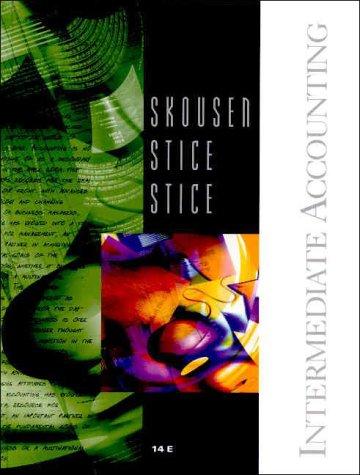Financial statements in the United States rely heavily on historical cost information, particularly in the valuation of
Question:
Financial statements in the United States rely heavily on historical cost information, particularly in the valuation of land, buildings, and equipment. However, accounting standards in many other countries allow for fixed assets to be reported at their current values. As an example, DIAGEO (the British consumer products firm ownins such brand names as Smirnoff, Johnnie Walker, J&B, Gordon's, Guinness, Pillsbury, Haasen-Dazs, and Burser King)
provides financial statements using a current value basis to measure fixed assets. In its 1998 annual report, Diageo reported land and buildings with a current value of £1 .425 billion. The assets' historical cost was £1.235 billion. Why do accountants in the United States focus primarily on historical cost figures? If the £1 .425 billion figure is more relevant for investors and creditors, why don't traditional financial statements reflect current values? What are the risks to investors, creditors, and auditors of presenting current value information in the body of financial statements?
Step by Step Answer:

Intermediate Accounting
ISBN: 9780324013078
14th Edition
Authors: Fred Skousen, James Stice, Earl Kay Stice





